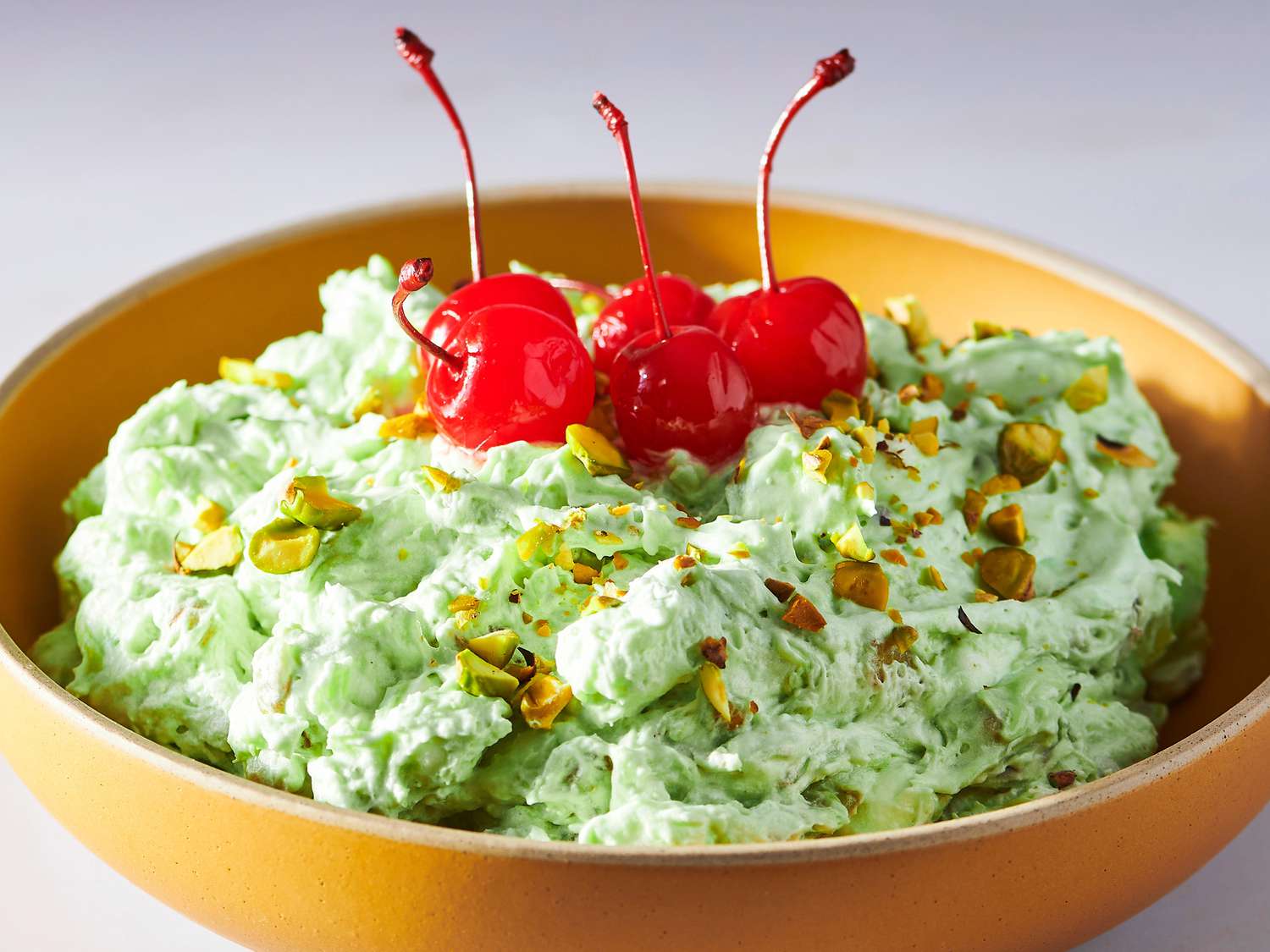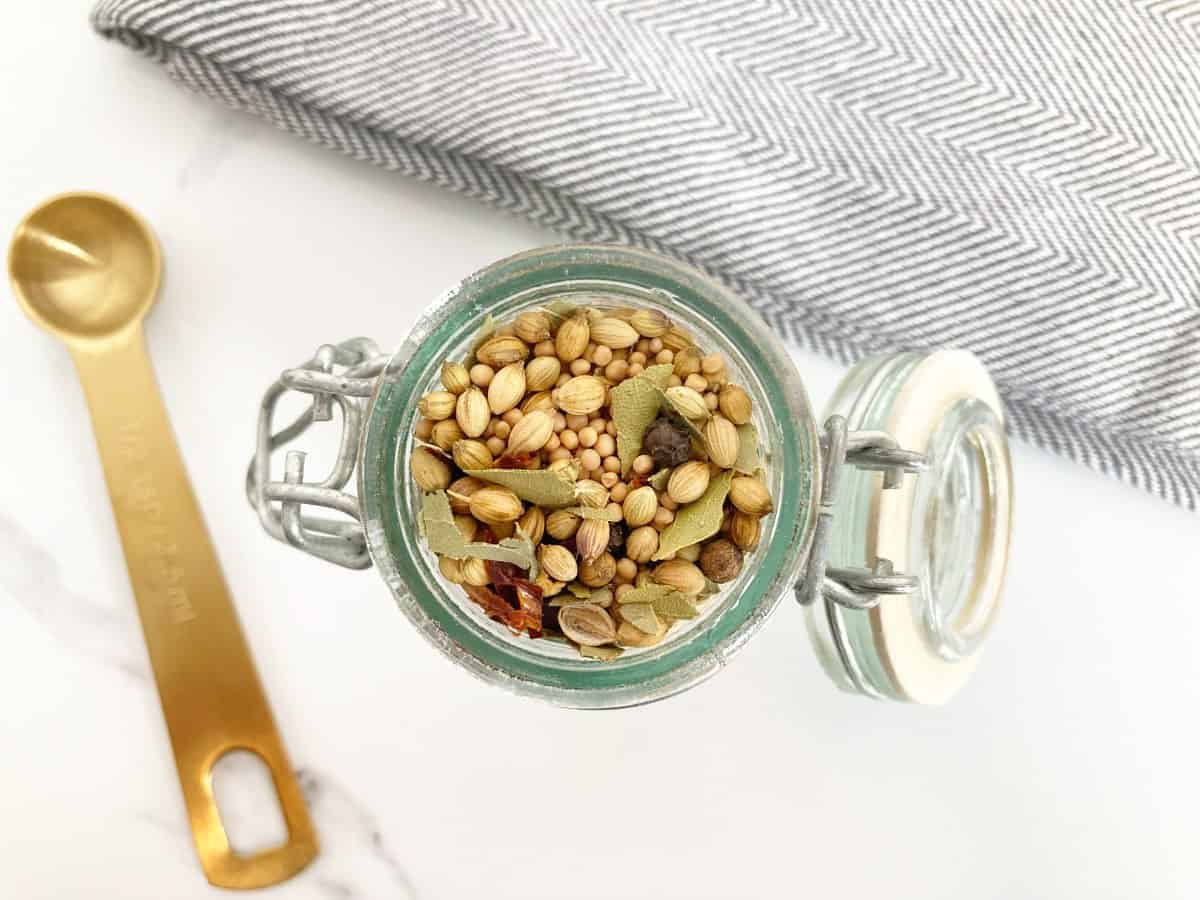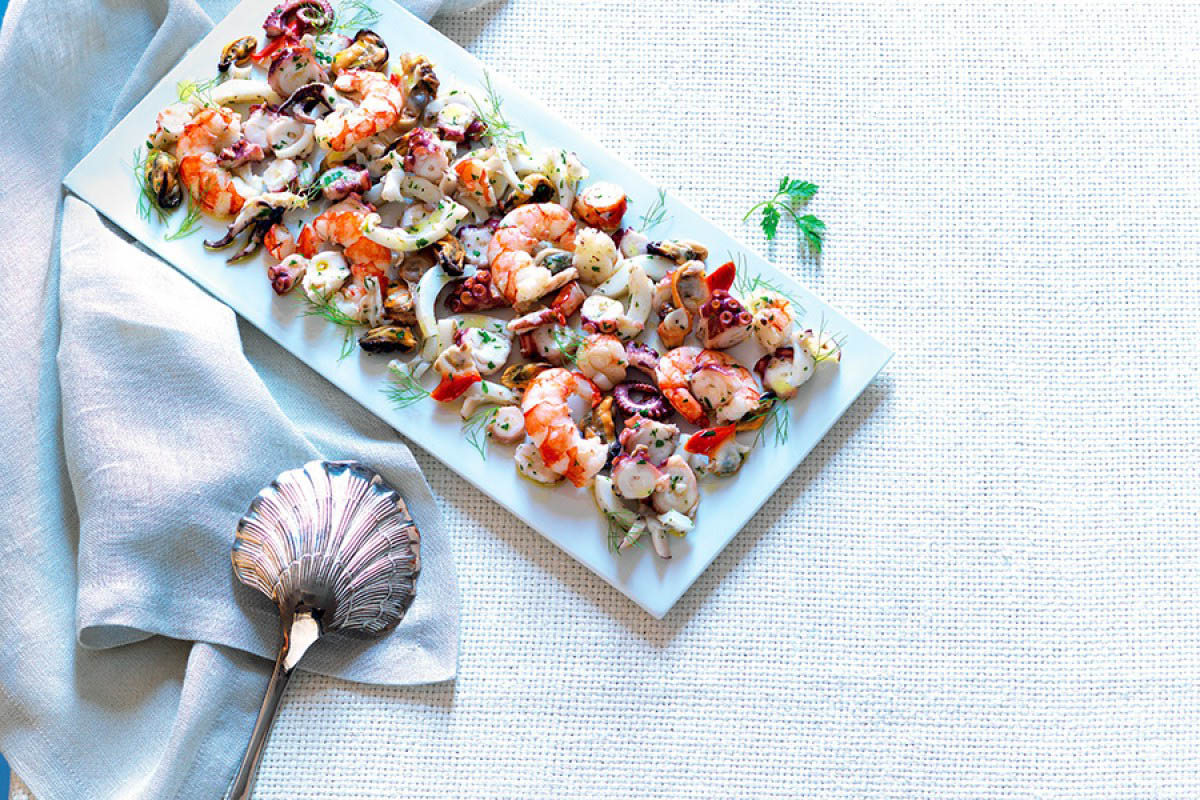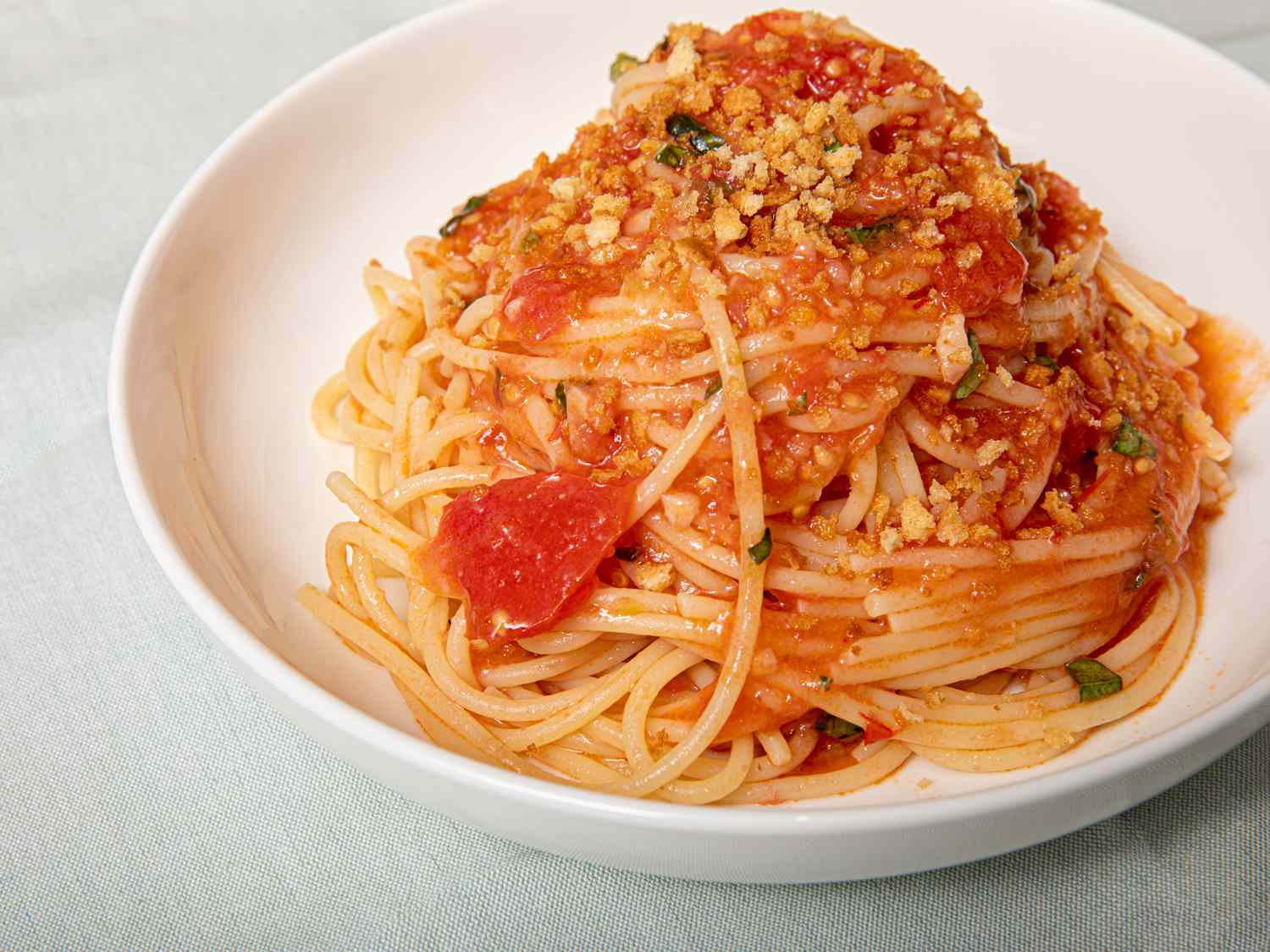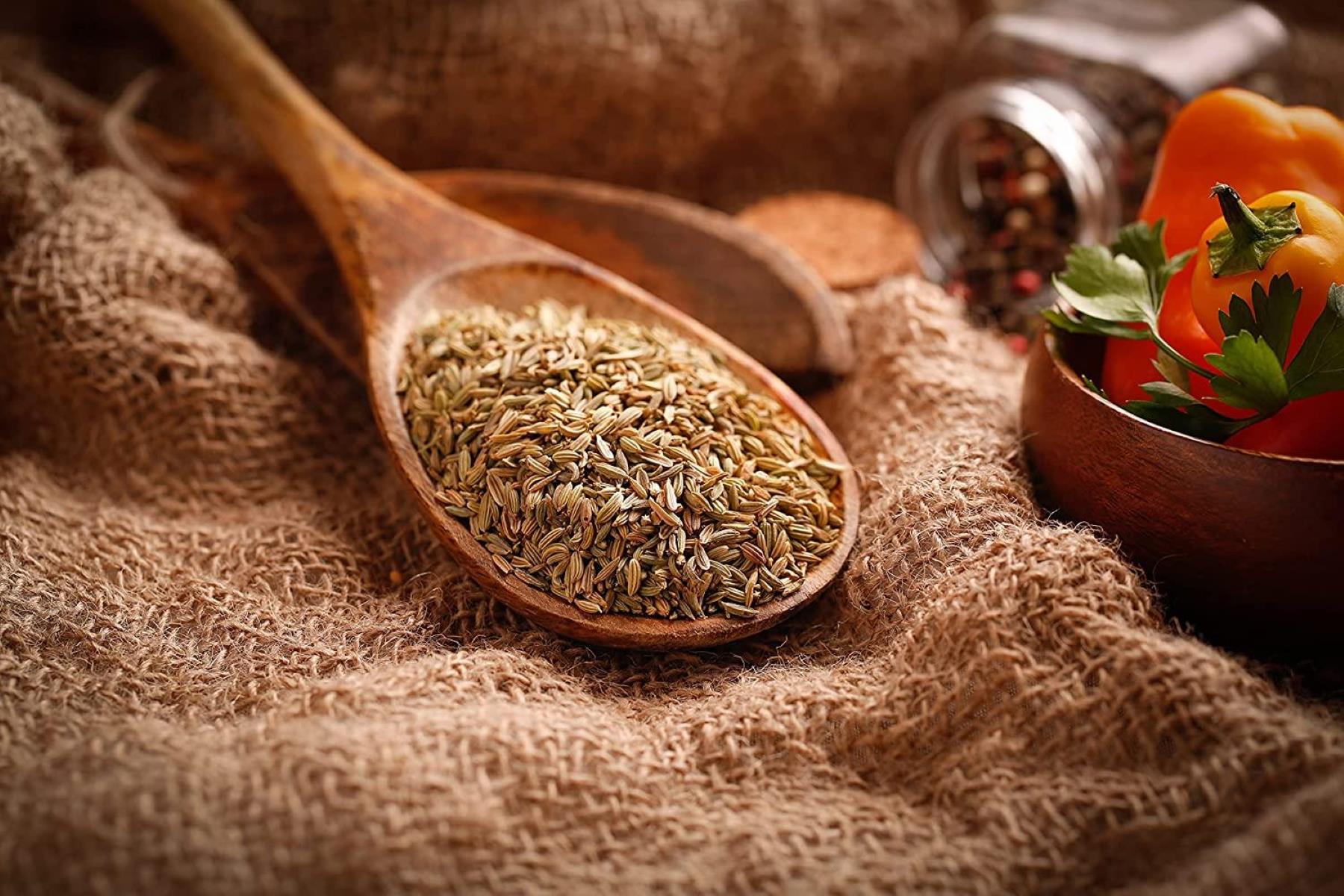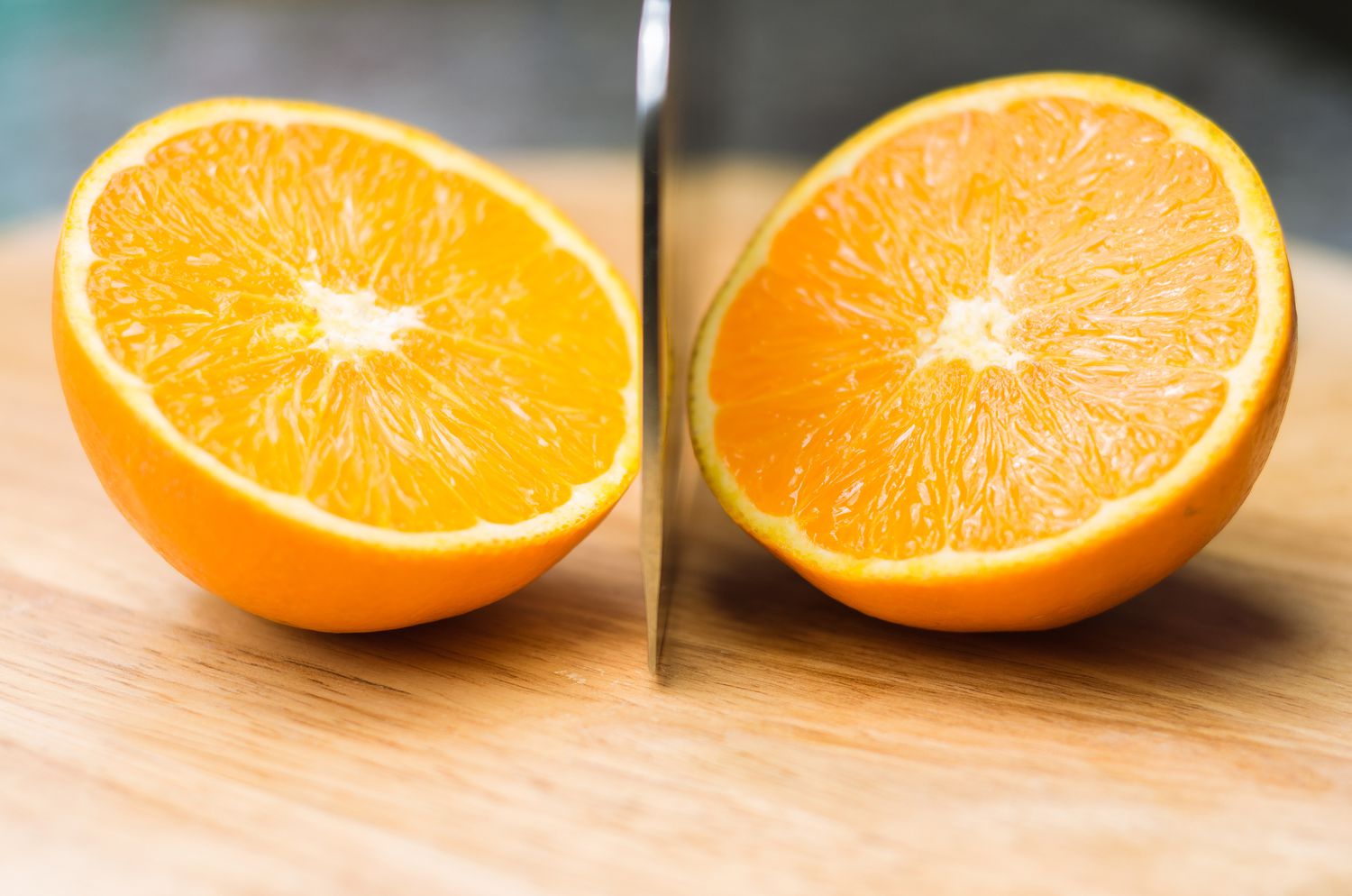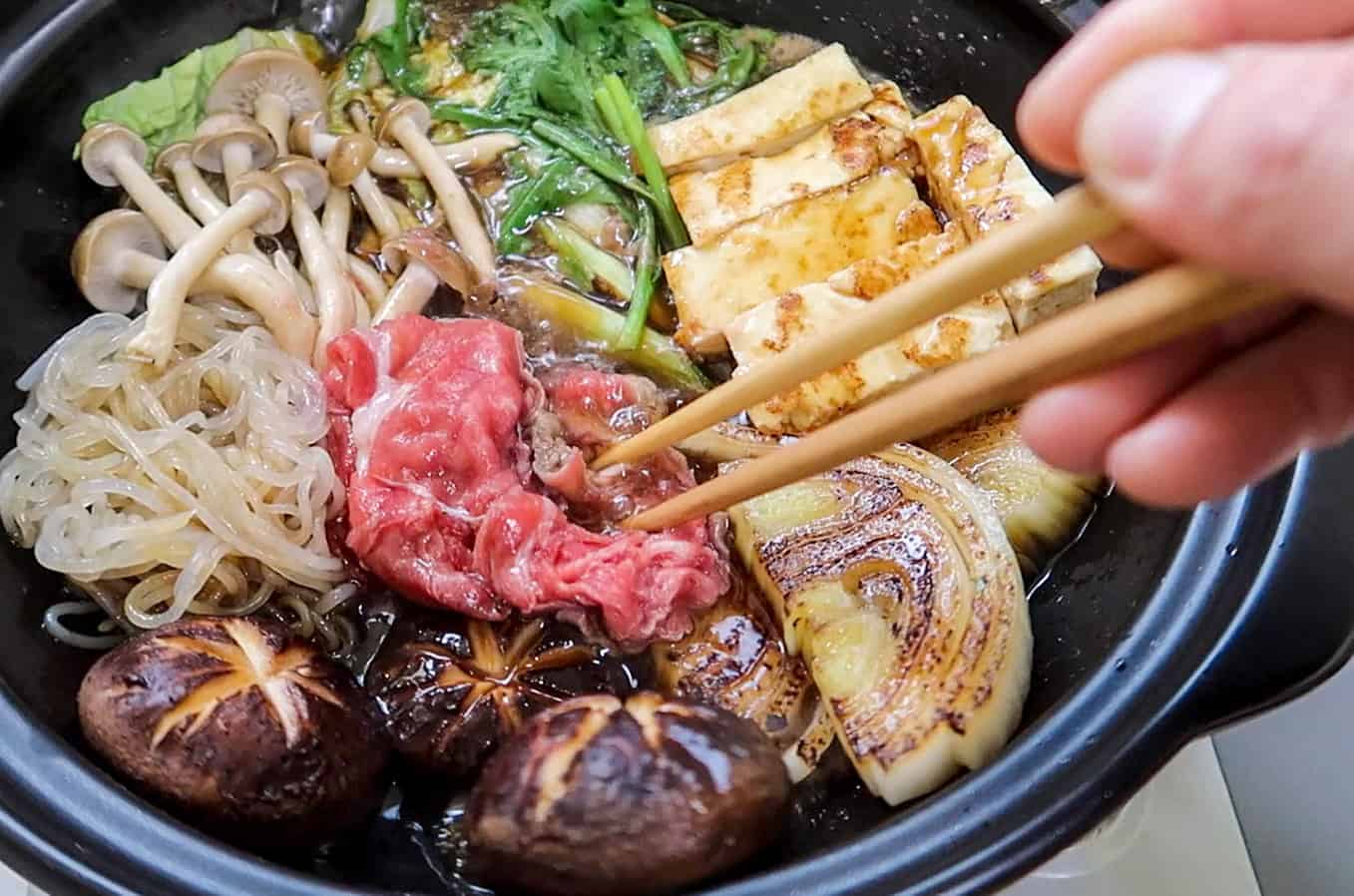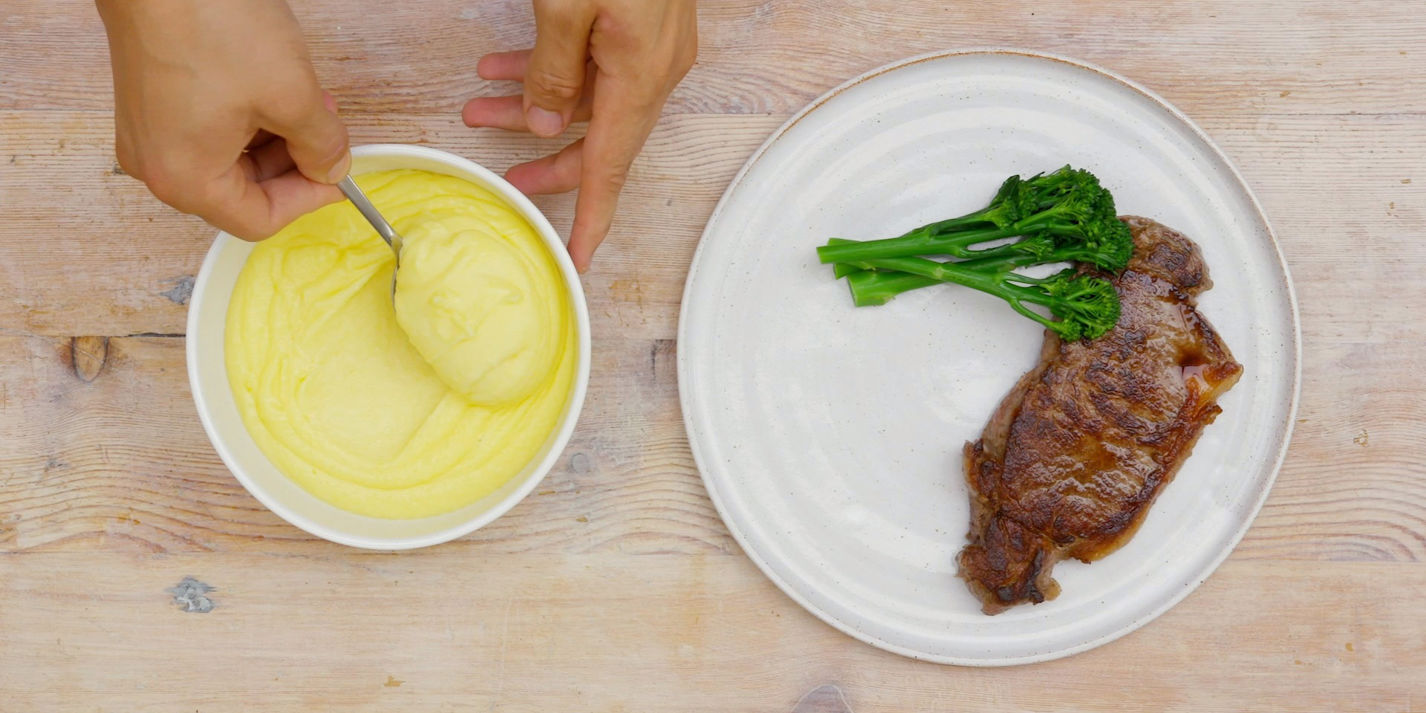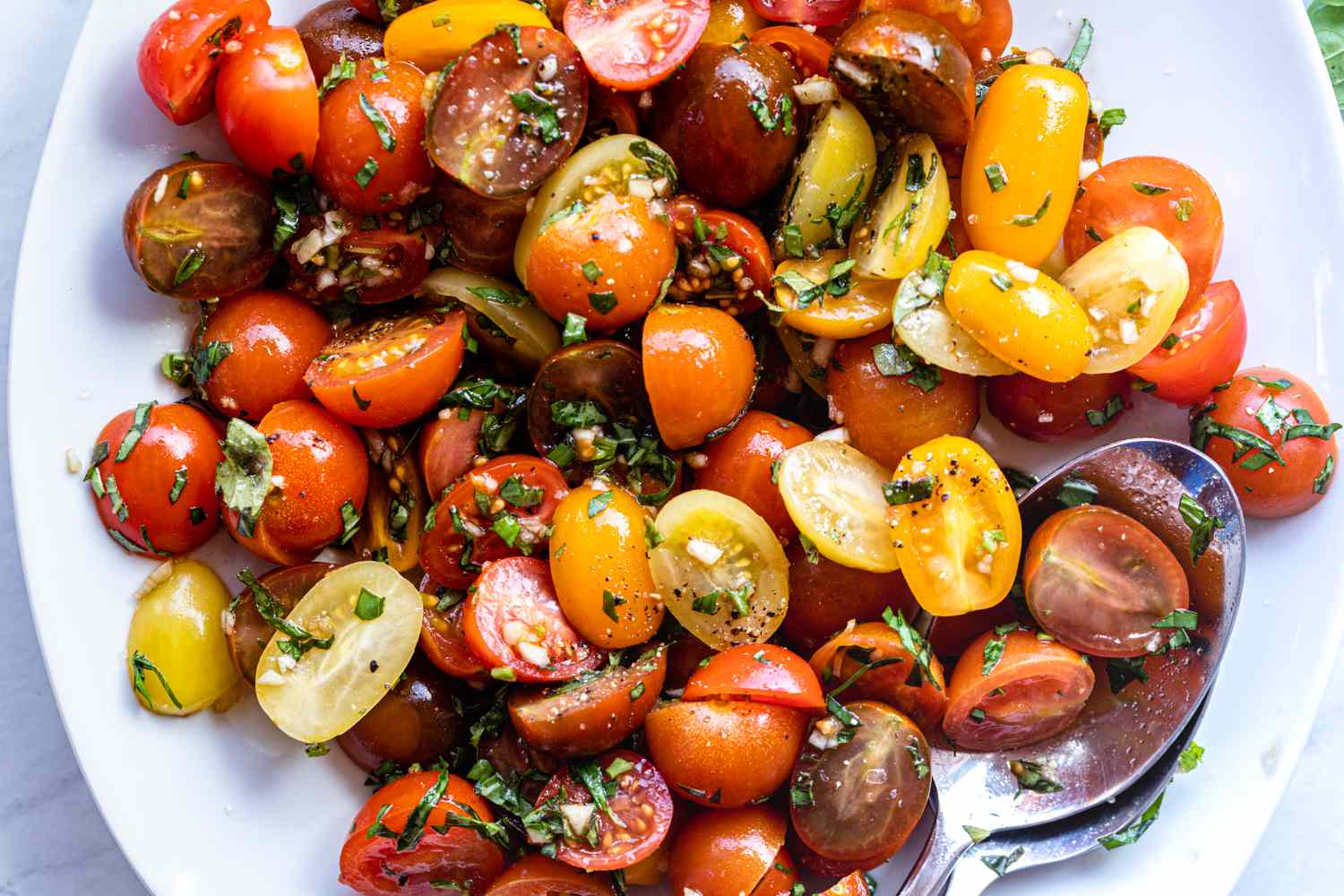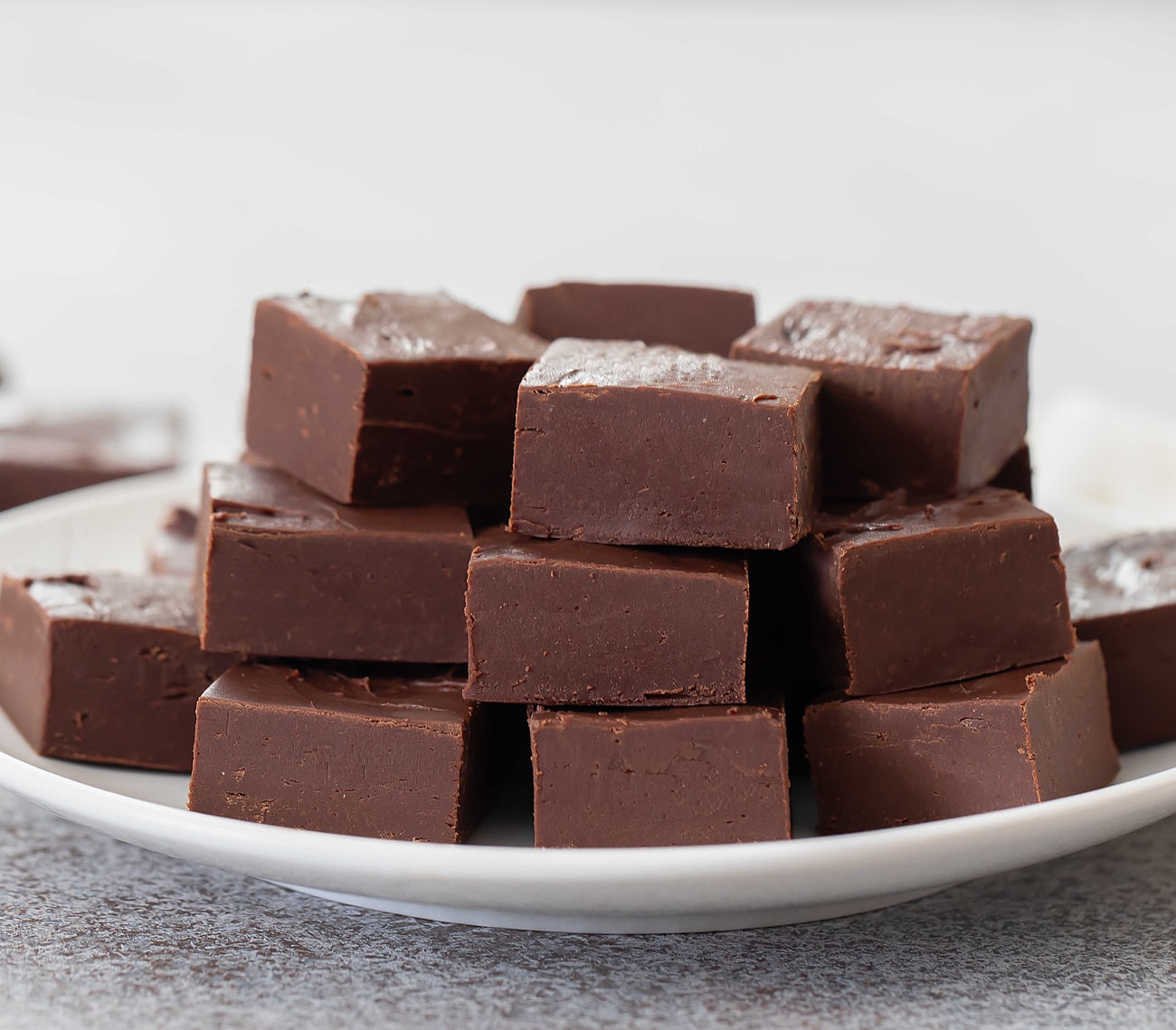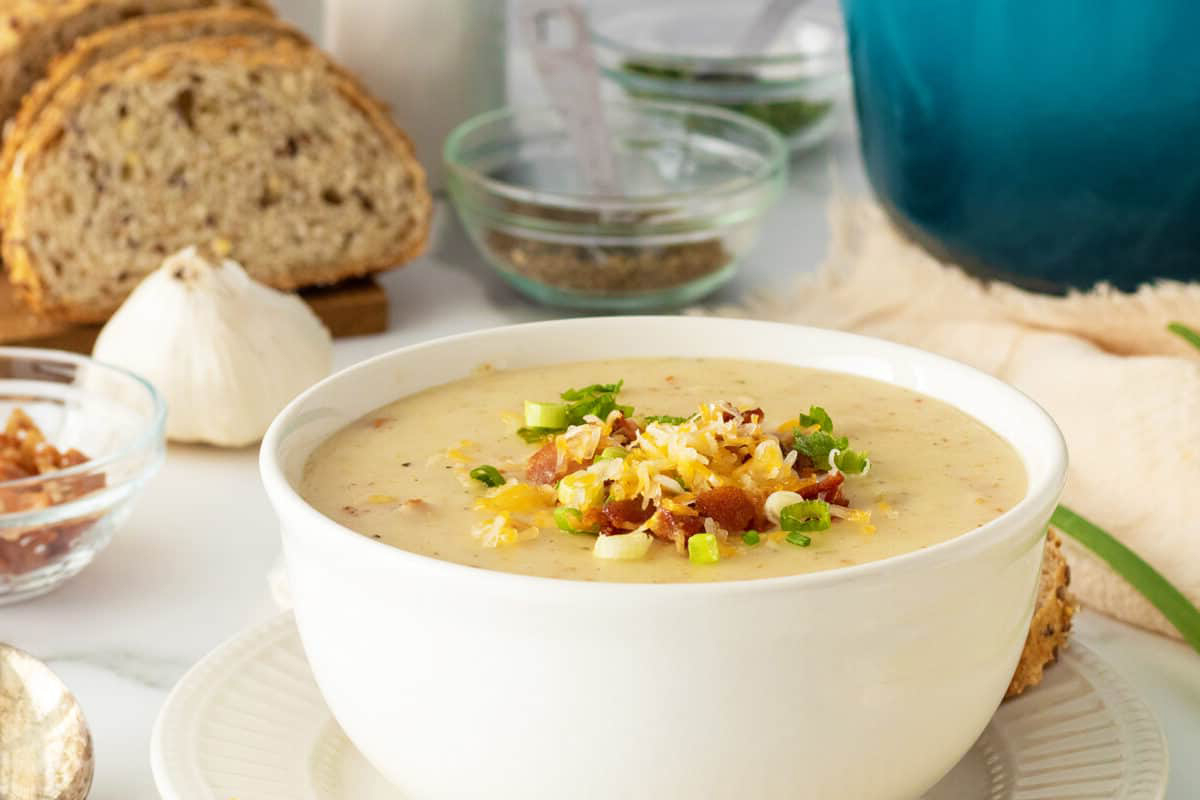The History and Origins of Challah Bread
Challah bread is a traditional Jewish bread that is rich in history and significance. Its origins can be traced back to ancient times, and its unique braided shape and delicious taste have made it a beloved staple in Jewish cuisine. Let’s delve into the fascinating history of this iconic bread.
Early Origins
The exact origins of challah bread are somewhat shrouded in mystery, but it is believed to have originated in the Middle East, possibly in ancient Egypt. The word “challah” itself is thought to have originated from the Hebrew language.
Challah bread has deep roots in Jewish tradition and is an integral part of the Shabbat and holiday meals. The braided shape of the bread is said to symbolize love and unity, making it a significant and meaningful element of Jewish culinary heritage.
Symbolism and Significance
Challah bread holds great symbolic importance in Jewish culture. The act of making and sharing challah is a time-honored tradition that brings families and communities together. The braided shape of the bread represents the intertwining of family and faith, and it is often adorned with sesame or poppy seeds, adding to its visual appeal and texture.
During Shabbat, the Jewish day of rest, two loaves of challah are traditionally placed on the table to represent the double portion of manna that the Israelites received in the desert. This practice serves as a reminder of the importance of rest, reflection, and gratitude.
Evolution of Challah Bread
As Jewish communities spread across the globe, challah bread evolved to incorporate local ingredients and flavors, resulting in regional variations of this beloved bread. From Eastern Europe to the Middle East and beyond, each community added its own unique touch to the traditional recipe, leading to a diverse array of challah styles and flavors.
Today, challah bread comes in various forms, including round loaves for Rosh Hashanah, the Jewish New Year, and sweet, enriched versions for festive occasions. The adaptability of challah bread has allowed it to remain a cherished part of Jewish culinary traditions throughout the ages.
Conclusion
Challah bread is more than just a delicious bread; it is a symbol of tradition, unity, and faith. Its rich history and cultural significance have made it a beloved staple in Jewish households around the world. Whether enjoyed on Shabbat, holidays, or special occasions, the timeless appeal of challah bread continues to bring people together and celebrate the enduring traditions of Jewish cuisine.
Next time you savor a slice of this delectable bread, take a moment to appreciate the centuries-old tradition and symbolism woven into every braided loaf of challah.
Was this page helpful?
Read Next: What Is Béarnaise Sauce Used For?
